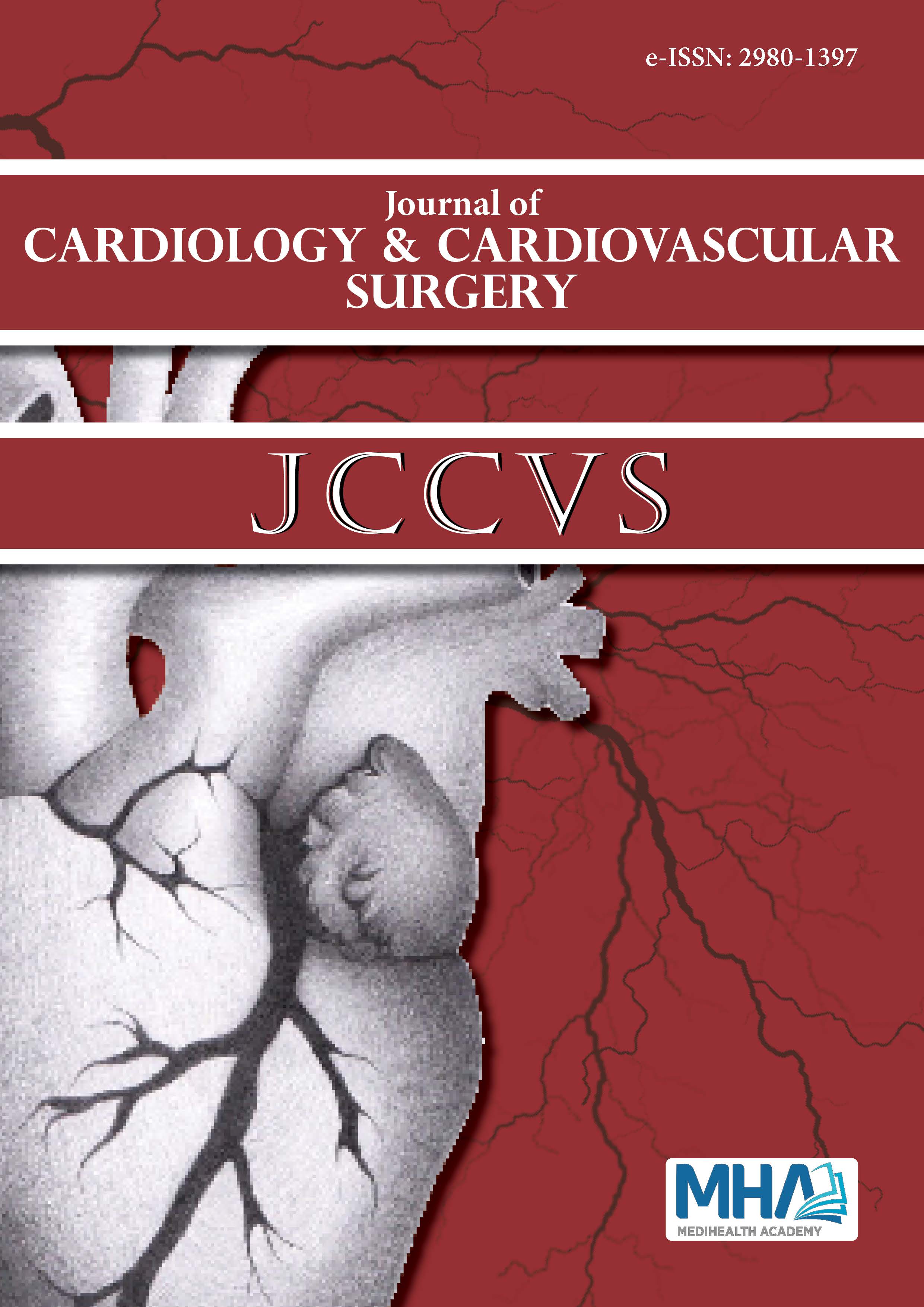1. Turak O, Özcan F, Işleyen A, et al. Usefulness of neutrophil-to-lymphocyte ratio to predict in-hospital outcomes in infective endocarditis.Can J Cardiol. 2013;29(12):1672-1678.
2. Yuan M, Ren F, Gao D. The Value of SII in Predicting the Mortality of Patients with Heart Failure. Dis Markers. 2022;2022:3455372. doi:10. 1155/2022/3455372
3. Yang YL, Wu CH, Hsu PF, et al. Systemic immune-inflammation index (SII) predicted clinical outcome in patients with coronary artery disease.Eur J Clin Invest. 2020;50(5):e13230. doi:10.1111/eci.13230
4. Saylik F, Akbulut T. Systemic ımmune-ınflammation ındex predicts major cardiovascular adverse events in patients with st-segment elevated myocardial ınfarction. Arq Bras Cardiol. 2022;119(1):14-22. doi:10.36660/abc.20210412
5. Öcal L, Keskin M, Cerşit S, et al. Systemic immune-inflammation index predicts in-hospital and long-term outcomes in patients with ST-segment elevation myocardial infarction.Coron Artery Dis. 2022;33(4):251-260. doi:10.1097/MCA.0000000000001117
6. Tascini C, Aimo A, Arzilli C, et al. Procalcitonin, white blood cell count and C-reactive protein as predictors of S. aureus infection and mortality in infective endocarditis.Int J Cardiol. 2020;301:190-194. doi:10.1016/j.ijcard.2019.08.013
7. Nunes MCP, Guimarães-Júnior MH, Murta Pinto PHO, et al. Outcomes of infective endocarditis in the current era: Early predictors of a poor prognosis.Int J Infect Dis. 2018;68:102-107. doi:10.1016/j.ijid.2018.01.016
8. Meshaal MS, Nagi A, Eldamaty A, Elnaggar W, Gaber M, Rizk H. Neutrophil-to-lymphocyte ratio (NLR) and platelet-to-lymphocyte ratio (PLR) as independent predictors of outcome in infective endocarditis (IE).Egypt Heart J. 2019;71(1):13.
9. Chen Y, Ye LJ, Wu Y, et al. Neutrophil-Lymphocyte Ratio in Predicting Infective Endocarditis: A Case-Control Retrospective Study.Mediators Inflamm. 2020;2020:8586418.
10. Agus HZ, Kahraman S, Arslan C, et al. Systemic immune-inflammation index predicts mortality in infective endocarditis. J Saudi Heart Assoc. 2020;32(1):58-64. doi: 10.37616/2212-5043.1010
11. Hassan A, Radwan M, ELSaidy MA, Mai A, ELmonem S, Alkassas AF. “Diagnostic use of serum ferritin as a predictor of hospital outcome at admission in patients with infective endocarditis”.Cardiol Angiol: An Int J.2023;12(3):96-104. doi:10.9734/ca/2023/v12i3330
12. Chaudry MS, Carlson N, Gislason GH, et al. Risk of infective endocarditis in patients with end stage renal disease.Clin J Am Soc Nephrol. 2017;12(11): 1814-1822.
13. Durante-Mangoni E, Bradley S, Selton-Suty C, et al. Current features of infective endocarditis in elderly patients: results of the International Collaboration on endocarditis prospective cohort study.Arch Intern Med. 2008;168(19):2095-2103. doi:10.1001/archinte.168.19.2095
14. Kocazeybek B, Küçükoğlu S, Oner YA. Procalcitonin and C-reactive protein in infective endocarditis: correlation with etiology and prognosis.Chemotherapy. 2003;49(1-2):76-84. doi:10.1159/000069777
15. Meshaal MS, Nagi A, Eldamaty A, Elnaggar W, Gaber M, Rizk H. Neutrophil-to-lymphocyte ratio (NLR) and platelet-to-lymphocyte ratio (PLR) as independent predictors of outcome in infective endocarditis (IE).Egypt Heart J. 2019;71(1):13.
16. Regunath H, Vasudevan A, Vyas K, et al.A Quality ımprovement ınitiative:developing a multi-disciplinary team for ınfective endocarditis.Mo Med. 2019;116(4):291-296.

